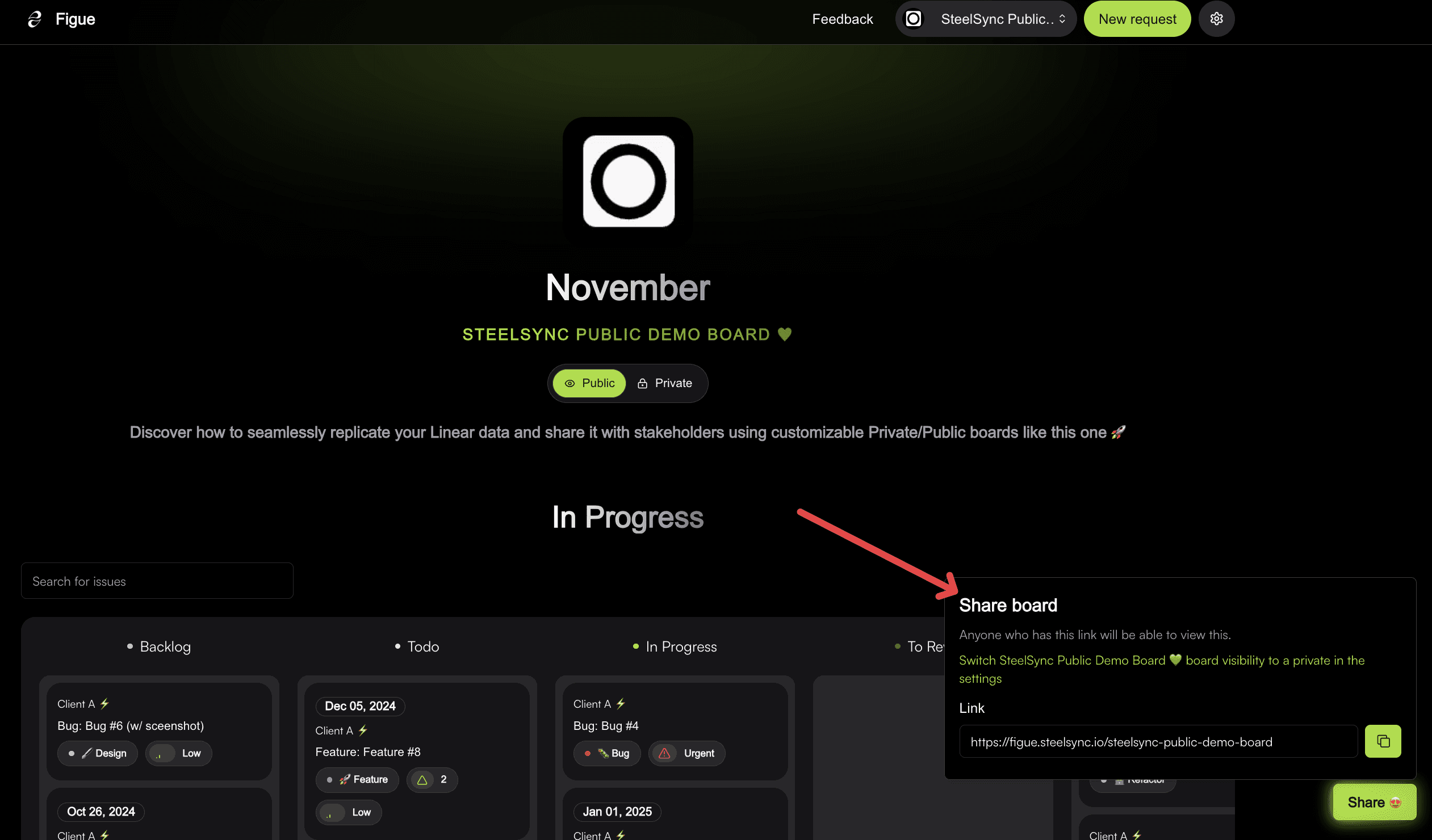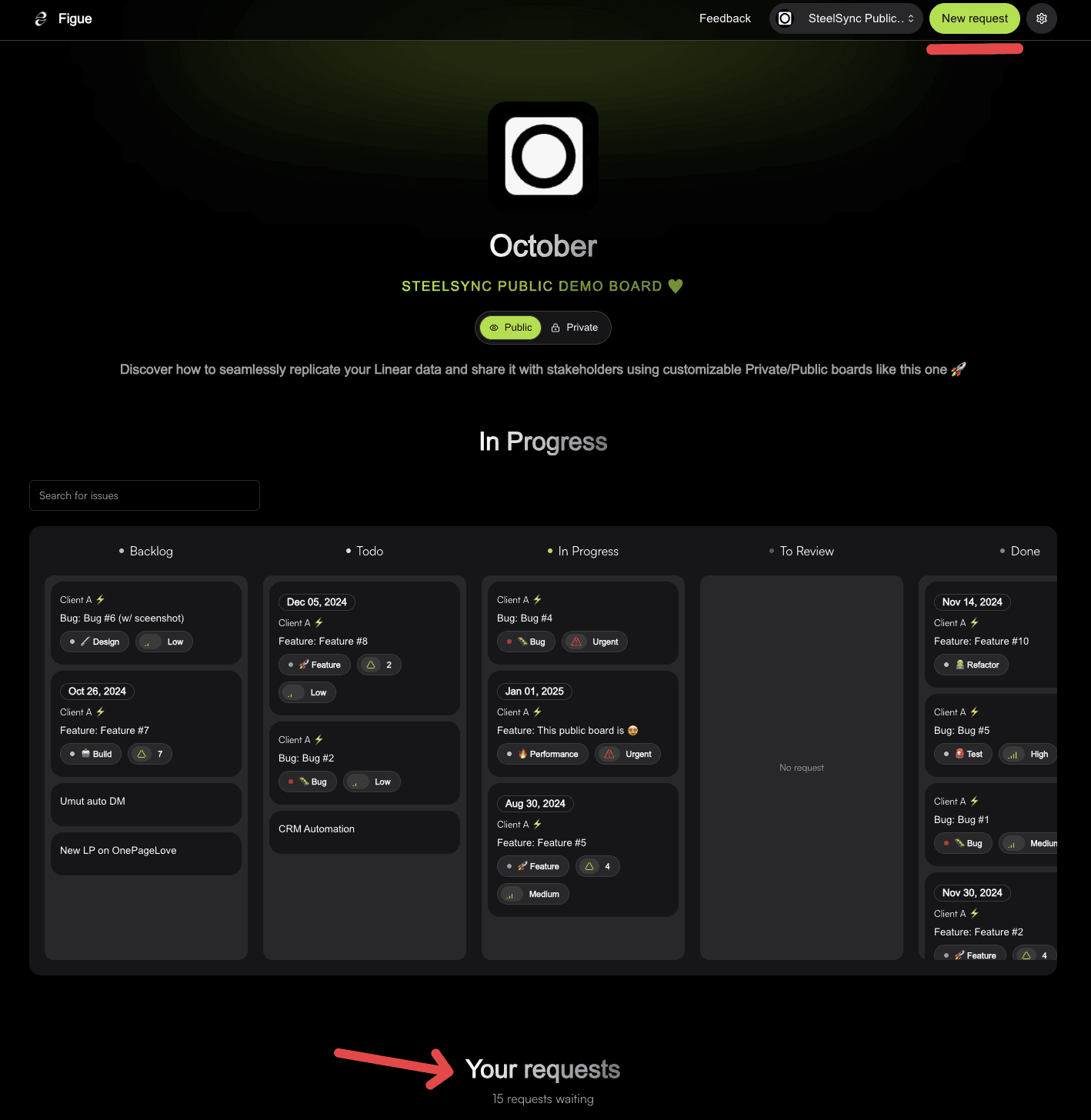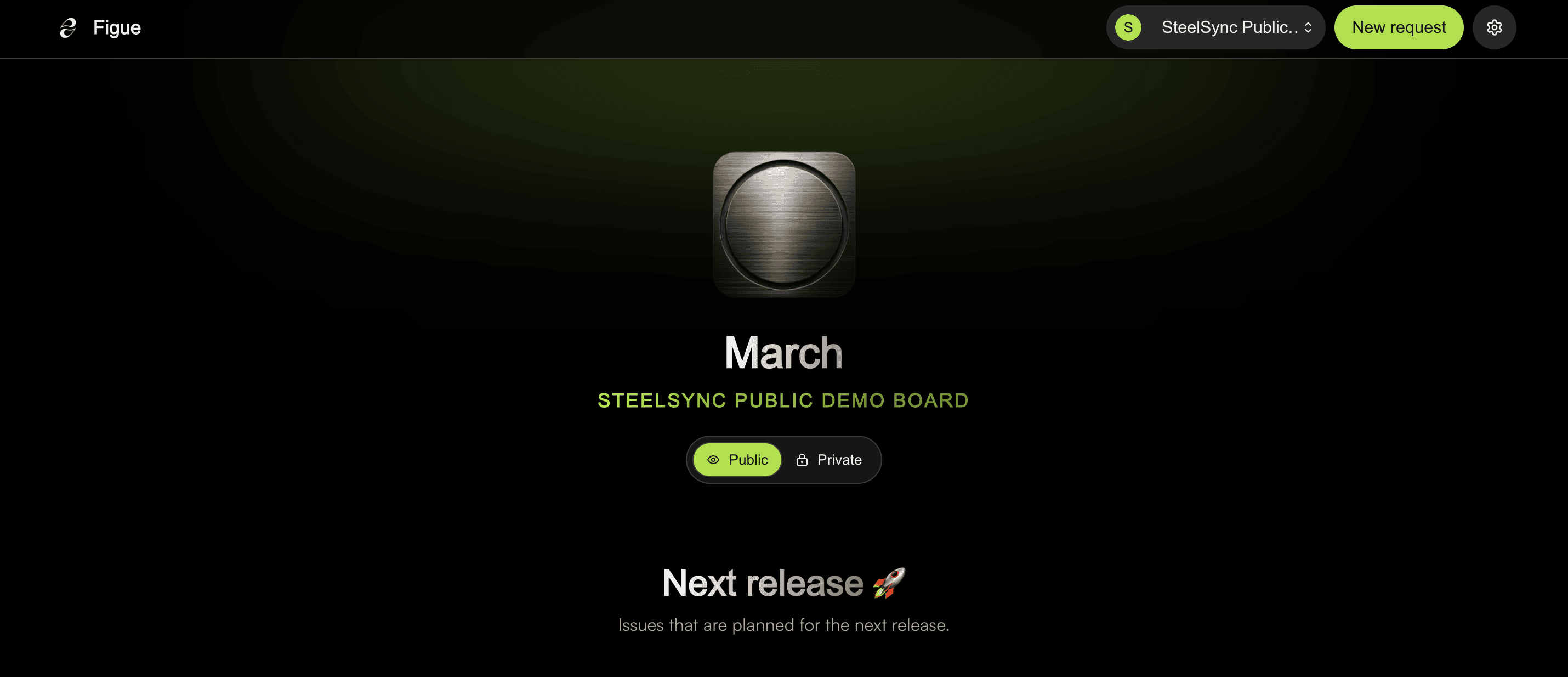
With the latest updates to Linear Automation Inc., there’s a renewed emphasis on optimizing product management processes. Linear Automation Inc. is committed to providing quality service and solutions tailored to the needs of their customers. Effective bug reporting is crucial for SaaS startups and agencies striving for operational excellence. In this article, we’ll explore four advanced methods to automate bug reporting with Linear, helping your team stay agile and responsive in a fast-paced digital environment. Linear Automation Inc. will also be showcasing their innovations at FABTECH Orlando, highlighting their leadership in the industrial automation sector.
Introduction to Linear Automation
Linear Automation is a leading provider of industrial automation solutions, specializing in press transfer automation, blank feed systems, and linear transfer automation. With a strong presence in the North American market, Linear Automation has established itself as a trusted partner for manufacturers seeking to optimize their stamping process. By leveraging advanced automation technologies, Linear Automation helps businesses enhance productivity, reduce operational costs, and improve product quality. Their expertise in automation systems ensures that manufacturers can achieve seamless and efficient production lines, making them a go-to choice for industrial automation needs.
Definition of Linear Automation
Linear Automation refers to the use of automated systems to transfer materials or products in a linear motion, often in industrial settings such as manufacturing plants. This type of automation is designed to improve efficiency, reduce labor costs, and increase productivity. By automating the movement of materials along a production line, linear automation systems streamline operations and minimize the need for manual intervention. These systems are integral to modern manufacturing processes, providing consistent and reliable performance that enhances overall operational efficiency.
Importance of Linear Automation in Industrial Settings
Linear Automation plays a crucial role in industrial settings, particularly in the stamping process. By automating the transfer of materials, manufacturers can reduce the risk of human error, increase production speeds, and improve overall product quality. Additionally, linear automation can help to reduce labor costs and improve workplace safety. Automated systems ensure precise and consistent handling of materials, which is essential for maintaining high standards of quality and efficiency in production. The implementation of linear automation not only boosts productivity but also contributes to a safer and more cost-effective manufacturing environment.
Why Press Automation Bug Reports?
Automating bug reports is more than just a convenience—it’s a necessity for modern teams, including sales teams that rely on accurate data to enhance customer service and product availability. Automation enhances accuracy, accelerates issue resolution, and improves communication across all project stakeholders. By streamlining the bug reporting process, you ensure quicker fixes and higher product quality.
Notion + Zapier: Streamlined Organization
Notion’s robust organizational features combined with Zapier’s automation capabilities create an efficient system for managing bug reports.
How It Works:
Create a Notion Page: Set up a shared Notion page for bug report entries.
Set Up Zapier Trigger: Configure Zapier to detect new entries in Notion.
Automate Data Transfer: Use Zapier to automatically send bug report data from Notion to Linear.
Benefits: This method is perfect for teams already using Notion for project management, allowing seamless integration and organization.
Google Sheet + Zapier: Accessible and Simple
For teams that prefer spreadsheets, combining Google Sheets with Zapier offers a straightforward approach to bug report automation.
How It Works:
Create a Google Sheet: Set up a shared Google Sheet for bug reports.
Configure Zapier Trigger: Set up a trigger in Zapier for new rows added to the sheet.
Automate Data Integration: Use Zapier to transfer bug report data from Google Sheets to Linear.
Benefits: This approach is ideal for quick data sorting, filtering, and analysis within a familiar spreadsheet environment.
Slack Connect + Linear Ask: Real-Time Communication
Integrate Slack Connect with Linear Ask for instant communication and bug reporting.
How It Works:
Set Up Linear Ask: Enable bug reporting directly through Slack.
Use Slack Connect: Facilitate real-time discussions and updates with external clients.
Integrate Linear: Track and manage bug reports within Linear for efficient resolution.
Benefits: This method is well-suited for teams that prioritize real-time updates and collaborative problem-solving.
SteelSync: The All-in-One Solution
SteelSync offers the most comprehensive and professional solution for automating bug reports with Linear. Tailored specifically for SaaS startups and agencies, SteelSync integrates seamlessly to provide a unified platform for managing bug reports and other project aspects.
How It Works:
Seamless Integration:Connect SteelSync directly with Linear for a cohesive workflow.
Real-Time Notifications: Receive instant updates on bug reports through SteelSync’s public boards.
Centralized Management:Manage bug reports and other project elements from a single, centralized platform.
Benefits: SteelSync provides a robust, all-in-one solution that enhances efficiency and professionalism in bug report management.

Press Transfer Automation in Industrial Settings
Press Transfer Automation is a type of linear automation that is specifically designed for use in press rooms. This type of automation is used to transfer materials or products between presses, allowing for efficient and precise production. By automating the transfer process, manufacturers can achieve higher throughput and maintain consistent quality across production runs. Press transfer automation systems are engineered to handle various types of materials and products, ensuring flexibility and adaptability in different manufacturing scenarios. This automation technology is essential for optimizing press room operations and achieving superior production outcomes.
Overview of Press Transfer Automation
Press Transfer Automation involves the use of automated systems to transfer materials or products between presses. This can include the use of blank feed systems, which feed raw materials into the press, and press-to-press automation, which transfers products between presses. By automating the transfer process, manufacturers can improve production efficiency, reduce labor costs, and increase product quality. These systems are designed to operate seamlessly within the production line, ensuring smooth and uninterrupted workflow. The integration of press transfer automation enhances the overall efficiency of the stamping process, making it a vital component of modern manufacturing operations.
Conclusion
Automating bug reports is a game-changer in product management, and with tools like Notion, Google Sheets, Slack, and SteelSync, it’s easier than ever. While each method has its merits, SteelSync stands out as the most efficient and professional solution. It’s not just about fixing bugs—it’s about elevating your entire project management process. As we approach the final countdown to the upcoming event, now is the perfect time to streamline your workflow.
If you’re serious about staying ahead in the industry, consider attending FABTECH Orlando. This event is a prime opportunity to see the latest innovations and connect with industry leaders. Additionally, don't miss the networking opportunities at Gaylord Springs Golf Links, where the Precision Metalforming Association will host a golf outing event.
François - Founder
(Join My SaaS Journey! Subscribe here for exclusive insights, growth hacks, and behind-the-scenes strategies for SaaS products!)


















